The Martinist Pantacle is the image you see at the top-left of this page, right beside “Between Two Worlds”.
It comes in various colours depending on the circumstances, the grade being represented, and the design choice of the particular Order using it, but the basics are the same. Upwards and downwards pointing triangles, enclosed within a hexagon and a circle, with a cross overlaid.
Each component of this symbol is vital to the Martinist system. They’re also hidden behind oaths of secrecy, so I don’t intend to explain them here, but what I’d like to discuss is how to draw this diagram.
In a source I have yet to identify, but found quoted in page 68 of the introductory section of “Ten Instructions to Men of Desire” translated by Ordre Martiniste Souverains, Louis Claude de Saint Martin explains how to do this. The key is that the step by step construction of this symbol should not just produce the correct image, but that the steps themselves outline his spiritual cosmological system.
(If you’re not familiar with it, you can read a short summary of his Creation Myth here.)
Step by step
This construction follows the ancient technique of straight-edge and compass construction.
First determine the centre point and, centered on this point, use a compass to trace a circular circumference.
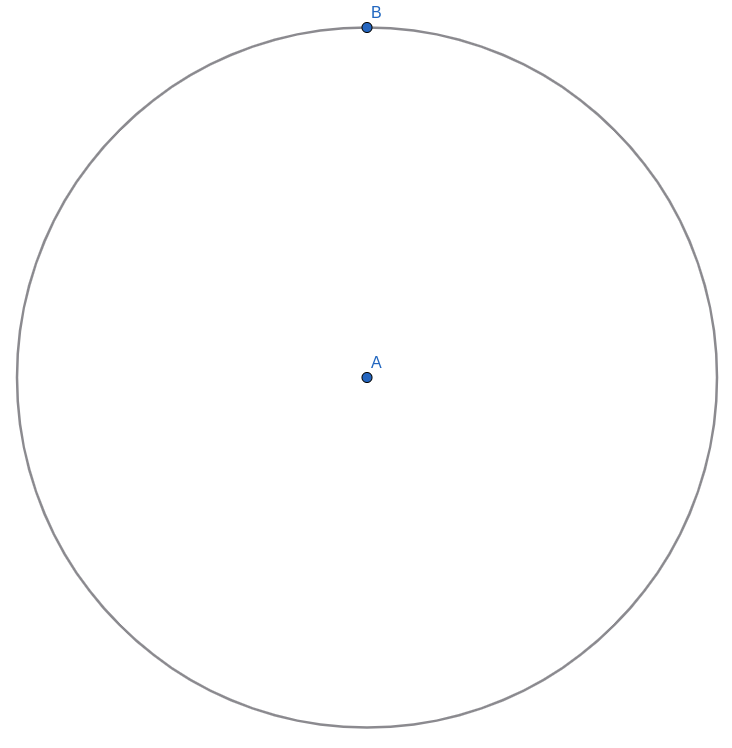
Take the compass again, and draw a circle passing through A with its centre at B.
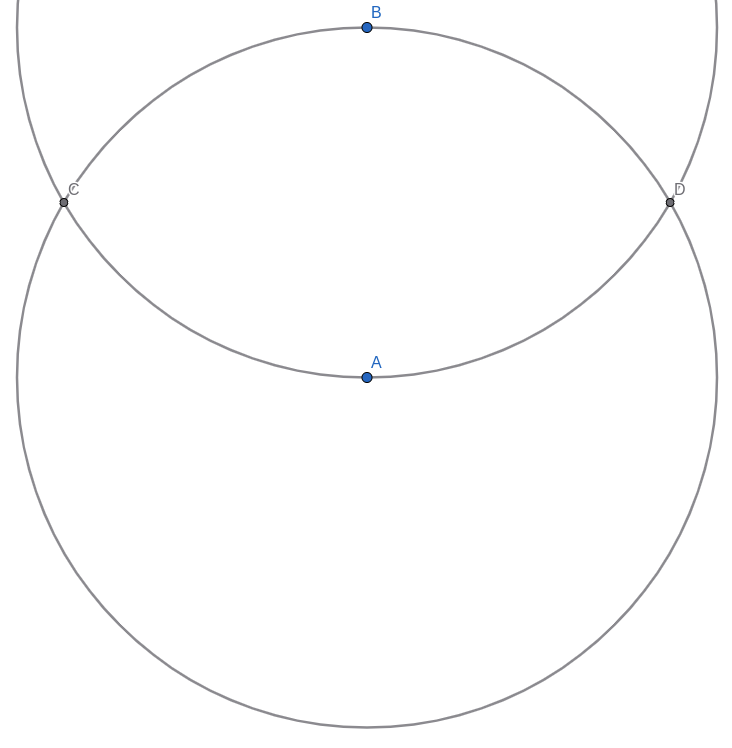
This provides us with two new points. Continue marking such points around the circle until you come back to the start.
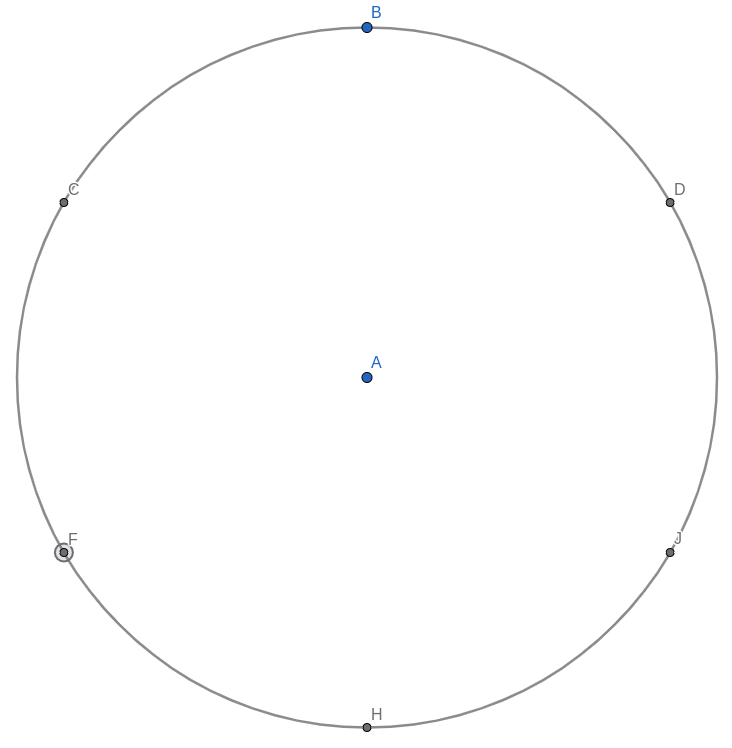
You now have six circumferential points, plus the one in the centre. Six days of work, and one of rest.
And the heaven and the earth were finished, and all the host of them. And on the seventh day God finished his work which he had made; and he rested on the seventh day from all his work which he had made. And God blessed the seventh day, and hallowed it: because that in it he rested from all his work which God had created and made.
Genesis 2
The upward- and downward-pointing equilateral triangles can now be drawn.
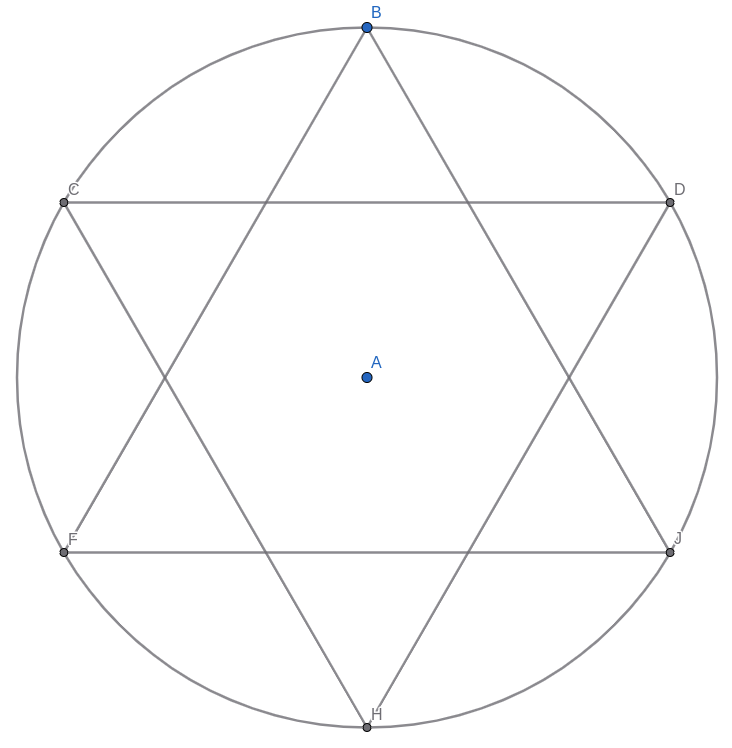
The intersection points of the two triangles allow the horizontal line of the cross to be drawnmarked.
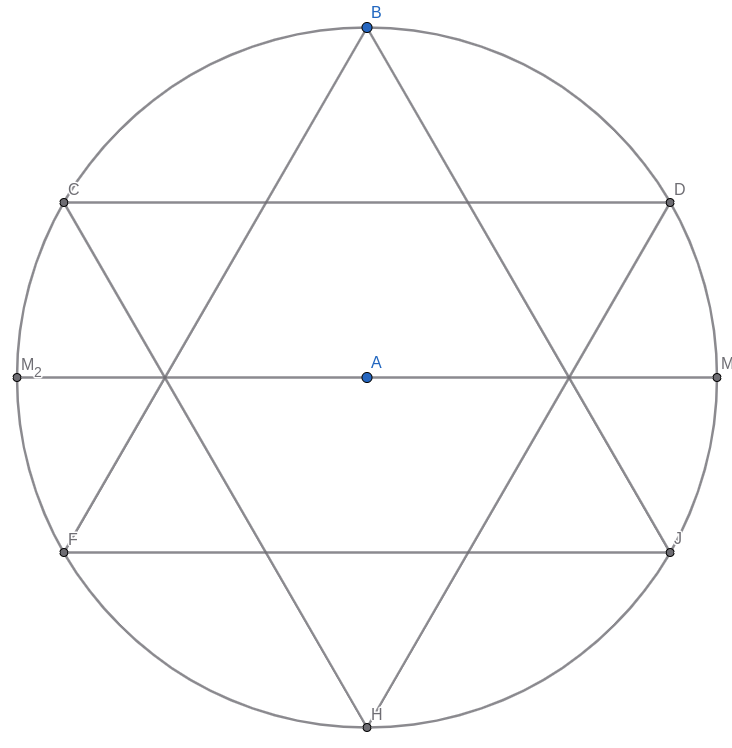
Finally, the lowest and highest points of the two triangles allow us to complete the diagram.
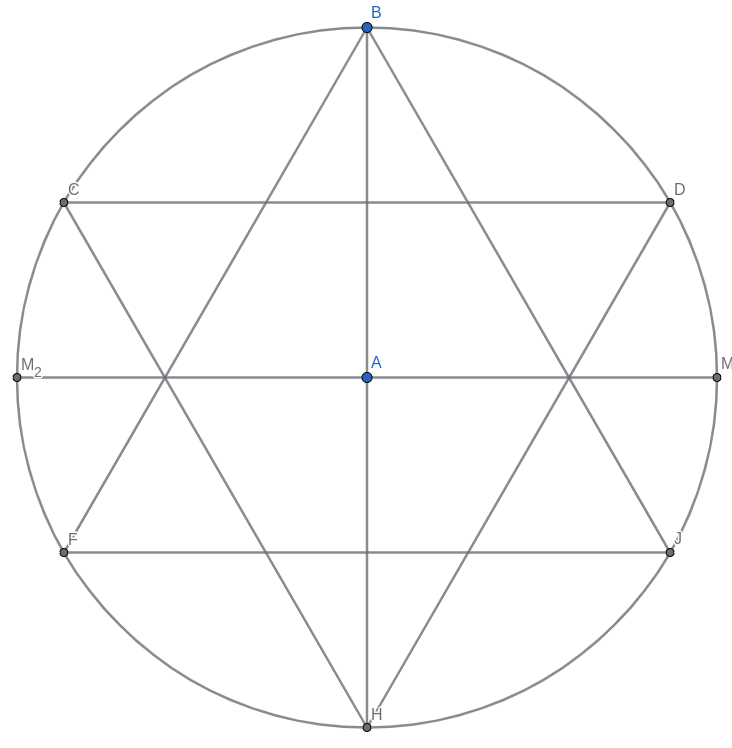
Construction of the symbol is the symbol
This is just one way that this diagram can be constructed. The cross could be drawn first by bisecting a vertical or horizontal line. The triangles might be the first to be marked, followed by a few tricks to find their centre and then draw the circle around them. Perhaps the triangles are found as a final step after marking the cross onto the circle. All such methods would produce the same final result.
But Saint Martin has done something much more grand with this symbol.
In prescribing the correct way to draw it, he has built a whole layer of symbolism into the method of construction. While the symbol itself carries profound meaning — ask anyone who has progressed to the Superior Inconnu grade of a Martinist Order — it is not static. It flows from the centre point, and it does so in a way that fully encapsulates the cosmology Saint Martin puts forward in his “Ten Instructions”. By remembering this technique, you will not have to memorise any of the details of his cosmology since they flow so naturally from the step-by-step drawing instructions.
No unnecessary work
Also note that this method, unlike the others, does not require any unimportant marks to be drawn. You can follow this procedure and never leave a mark on the page that will not appear in the final diagram. This cannot be said for the other techniques.
The cross (representing the number 4 in Pasqually’s numerology) in particular is tricky to draw without extra marks & lines, but appears completely naturally in this method.
It is only after these actions, or after the double triangle, that the number 4 can appear, because it cannot be traced until then without using superfluous intersection lines; expedients that are foreign to nature.
Louis Claude de Saint Martin
More threes
Lastly, it is interesting to note how little choice you have when drawing this. You get to choose:
- The location of the centre point.
- The radius of the circle.
- The location of the first of the six points to be drawn on the circle.
After this, there are no other decisions to be made.
Only three degrees of freedom.
For a system that is so obsessed with the number three, I kinda like this.
Dynamic meaning
The Martinist Pantacle is a beautiful living symbol lying at the heart of our Temples. Our Founding Masters have imbued it with dynamic meaning as well as the more obvious static structure, and I encourage you to take time to contemplate it.
Before the Flambeaux.
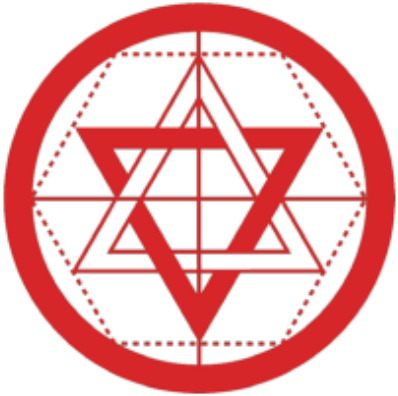
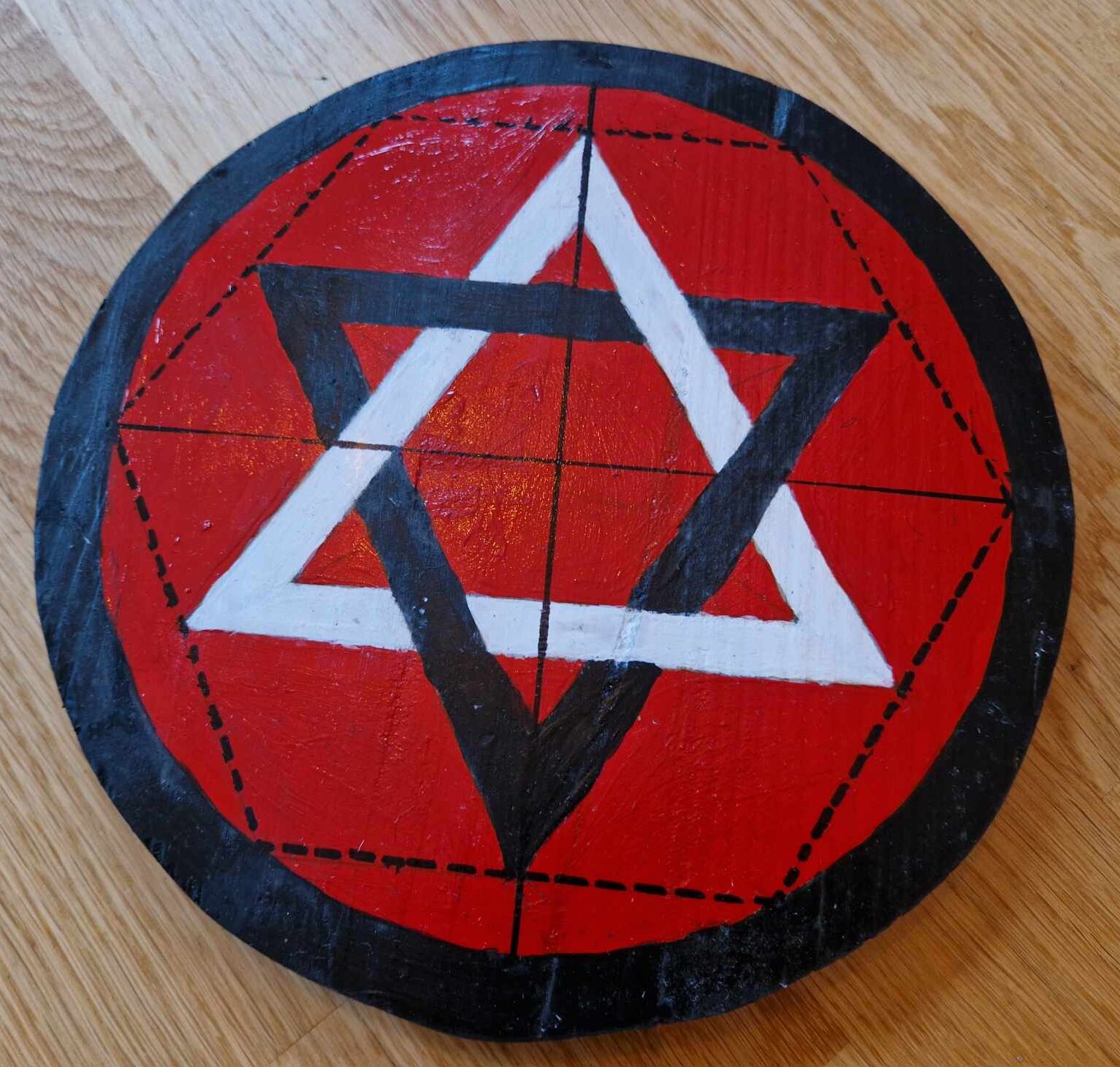
Leave a Reply